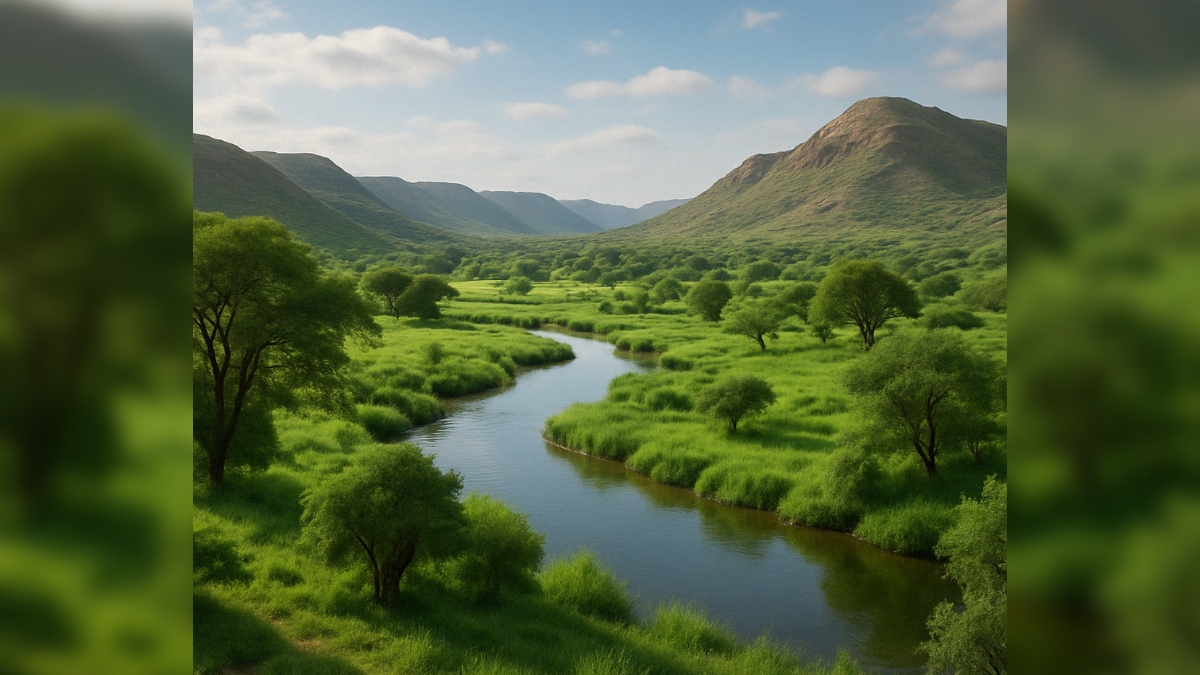Saudi Arabia was once a lush, green landscape teeming with life, according to a groundbreaking scientific study released by the Heritage Commission. The study, conducted on 22 ancient cave formations known as “Duhool Al-Summan” northeast of Riyadh, suggests that the Arabian Peninsula experienced repeated humid phases over the past eight million years.
Unveiled during a press conference in Riyadh, the research presents the longest continuous climate record ever documented in the region. “This study provides unprecedented insight into Arabia’s environmental history and its role as a migration corridor between Africa, Asia, and Europe,” said Dr. Ajab Alotaibi, director general of the commission’s antiquities sector.
Published in the journal Nature, the study is part of the Heritage Commission’s Green Arabia Project. It was carried out by 30 scientists from 28 local and international institutions, including King Saud University, the Saudi Geological Survey, the Max Planck Institute, and universities from the UK, US, Germany, and Australia.
Using advanced geochemical testing and dating methods, researchers identified distinct periods of heavy rainfall and vegetation growth dating back to the late Miocene. These wetter phases transformed what is now desert into fertile terrain once home to crocodiles, hippos, giraffes, and other water-dependent species.
“This sheds new light not just on animal migration patterns, but also on how climate change shaped human movement throughout history,” Alotaibi added.
The Heritage Commission emphasized the importance of preserving Saudi Arabia’s largely unexplored cave systems and announced that more research is underway to unlock further secrets buried beneath the desert.






